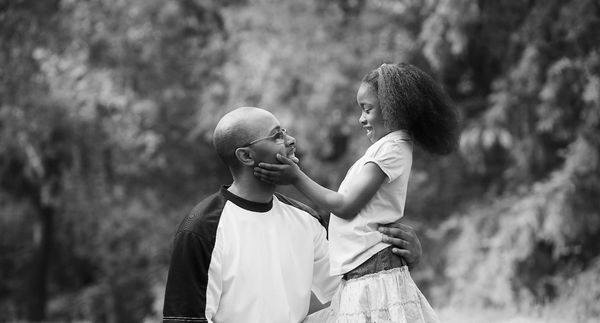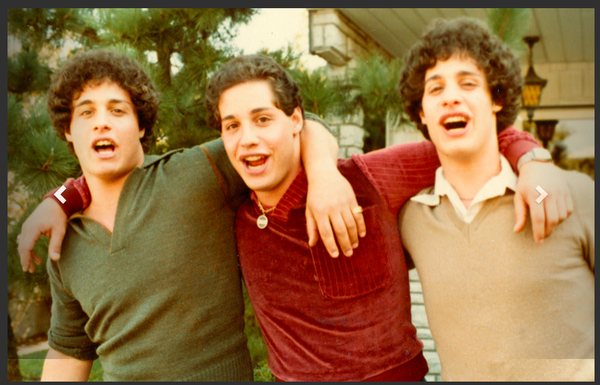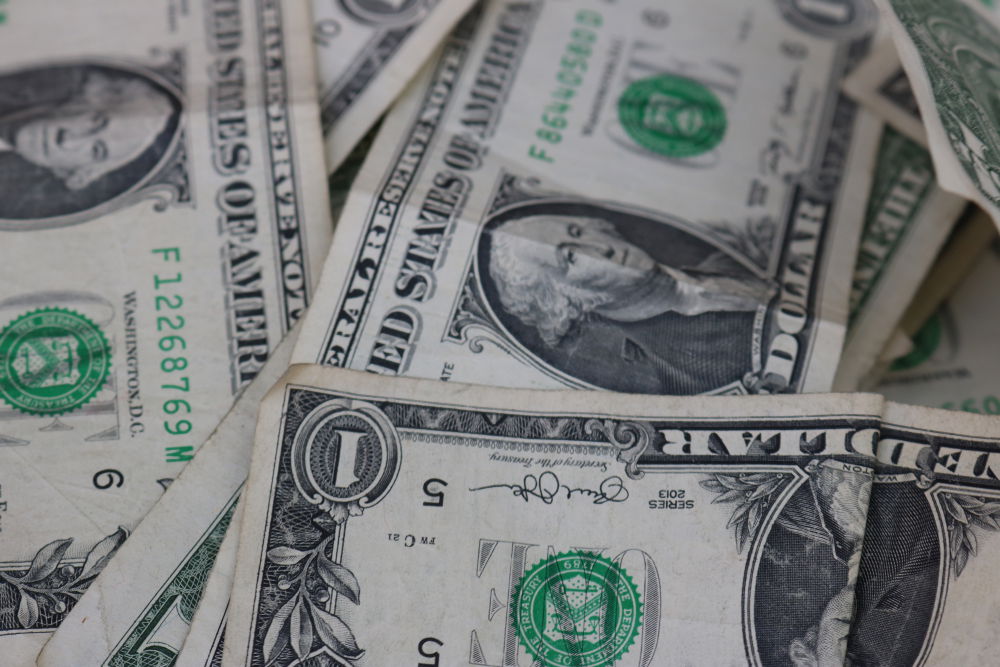Highlights
Many were shocked by last week’s news that a three-month-old baby had died just hours after being dropped off at his first day at daycare. Particularly surprising about the tragic death of baby Karl Towndrow was the setting. America has grown accustomed to 20/20-style stories of child neglect, abuse, and even death in seedy daycare centers in lower-income neighborhoods. But this happened in SoHo, a trendy and upscale part of New York City, in a loft filled with art and organic snacks, to yuppie parents. The story was a sad reminder that daycare tragedies aren’t confined to America’s lower-income families.
The story struck a nerve among young, urban professionals, many of whom are gravitating towards in-home childcare and away from traditional daycare centers, which, even if high-quality in terms of cleanliness and providers’ experience levels, can have a factory-like feel. As one friend of mine described a high-end daycare center that she considered for her baby in downtown D.C., “it was rows of cribs behind rows of exersaucers behind rows of bouncy seats.”
In addition to feeling cozier, in-home centers can be more affordable than traditional daycare centers, whose costs are simply staggering, even for middle- and upper-class professionals. According to Child Care Aware of America, “In 30 states plus the District of Columbia, the average annual cost for an infant in center-based care was higher than a year’s in-state tuition and fees at a four-year public college.”
Home daycares can cost half as much as daycare centers. One friend who opted to put her daughter in a home-based summer camp pays nine dollars per hour, costing her 48 percent less than the private preschool-based summer camp across the street, 42 percent less than my daughter’s preschool-based summer camp, and a whopping 61 percent less than what my hourly nanny charges. One study found that home-based care centers in New York City cost, on average, 27 percent less than traditional daycares. For couples juggling two careers and trying to make ends meet, the extra several thousand dollars a year is huge. It’s a year’s worth of car insurance, an annual family medical deductible, or the difference between taking a family vacation or not. Add to that the comfort that many parents find in knowing their children’s meals are being cooked on a stove in a kitchen, they are napping in a bedroom, and they’re playing in an environment much more similar to what they know at home.
But is it a safe alternative? In one story documented in the New York Times, a D.C. mother and lawyer who struggled to find affordable daycare eventually opted to put her child into an in-home daycare. Only after three years did she discover that the alleged caregiver was actually busy selling herbal supplements while a different person watched the kids, who were once left in the care of a single aide in a house with two snakes and attack dogs that were not always kept separate. A rise in demand for in-home centers has led to the multiplication of unlicensed centers which entice with costs that are even lower than those of licensed home-based daycares. In Virginia alone, there are thought to be thousands of caregivers operating unlicensed daycares from their homes, some of them with felony backgrounds.
Anyone skeptical of government efficacy and overregulation might wonder if licensing really does anything to protect children. In the tragic case of baby Towndrow in New York City, the still somewhat mysterious Sudden Infant Death Syndrome (SIDS) is thought to be a likely cause of death, and the baby was in the age window when it peaks. As one law enforcement official put it, “We wouldn’t even be talking about this case if the baby had died at home. Since he died at an unlicensed day-care center in Soho, it’s getting blown out of proportion.” A few thousand babies die each year of SIDS, many of them in the loving care of attentive parents. But the example of Virginia would suggest that regulating home care does make a difference. In the last decade, forty-three children died in unregulated home daycares, versus seventeen in licensed child-care settings, per a Washington Post investigation.
Even if it was just a freak incident of SIDS that happened to fall on the first day a child was apart from his parents, the SoHo story plays right into the fears of the many parents who are moving away from traditional daycare. Those fears are not ungrounded. At-home daycare is the emerging market in childcare industry, and it has many virtues. It’s an affordable, convenient, and homey alternative to center-based care. In more than a few cases, it’s also an unlicensed and unsafe one. The SoHo story highlights the reality that it’s not just lower-income couples who struggle to afford basic care for their children. Even so, it’s never worth looking the other way when it comes to the law.















